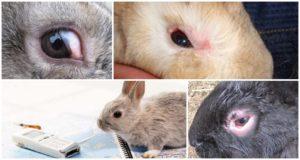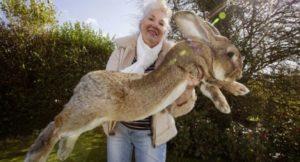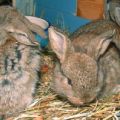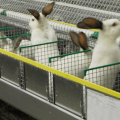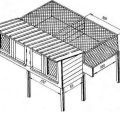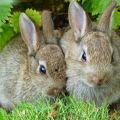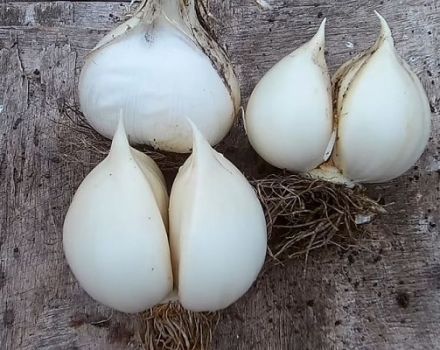Recipes for mixed feed for rabbits at home and daily allowance
Rabbit farmers are often faced with the problem of finding suitable animal feed. A mixture of plant materials, supplemented with minerals and vitamins, avoids the many problems that arise when raising rabbits. A certain type of feed is most often intended for a particular age group of animals, and can also be selected based on specific needs.
Advantages and disadvantages
Feeding with compound feed has its pros and cons.
| Benefits | disadvantages |
| Ease of use: granules are sold in large bags. Each product comes with a measuring container. | The transition to a different type of food provokes indigestion, sometimes the composition of the feed may not suit the animal the first time |
| Composition enriched with vitamins, minerals and medicines | Requires a lot of drinking |
| The ability to use all year round, excluding the summer period | Medicines, if present, can affect the taste of meat |
| Does not require stocks, as is the case with hay, which must be harvested in advance | Financial costs for purchasing feed |
| Control over the volume of each portion | Constant control over the composition of the feed, as animals can move from one category to another |
Varieties of compound feed
There are several types of rabbit food. Sometimes it is necessary to change several types of feed before choosing the right mixture.
By release form
Granulated feed is produced on special production lines. Pellets belong to the group of extruded feed.
It differs from mash feed by its compactness and high safety index. Pathogens rarely settle on the surface of the granules.
Most of the composition of the granules is occupied by herbs, so the food is called herbal. Its advantage is ease of use. Compound feed in granules tolerates long transportation, is well and long stored.

By appointment
According to the type of purpose, compound feed is divided into 2 groups:
- Fully rational. These are mixtures that fully provide the diet. The use of this type does not involve the purchase of supplements.
- Concentrated. Used as a supplement to hay and other types of feed. They are a mixture with a predominance of one of the elements: most often these are vitamins or minerals.
Reference! When feeding rabbits with complete mixtures, it is necessary to provide animals with plenty of drink.
Composition of compound feed for rabbits
For each individual group of rabbits, the composition of the nutritional mixture has been developed, taking into account age and physical characteristics. The composition of the mixture takes into account the daily intake for all categories of animal groups.
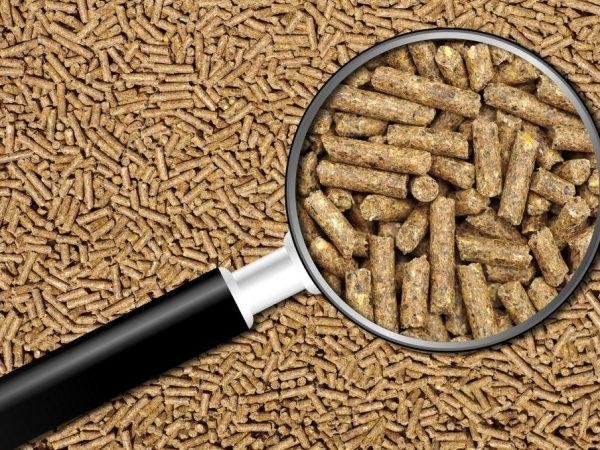
For adults
Adults need a nutritious food based on 40% grass and 1.3% vitamins and minerals. Barley accounts for 25% of this composition.
For pregnant females
Pregnant females need more than 2% vitamins and minerals. Salt is almost completely excluded from the composition. In addition, the content of soy is increased. The grass content is at the traditional level for an adult: 40%.
For fattening rabbits
Grasses, oats and barley are distributed as follows: 30%: 20%: 20%. The content of vitamins is increased. The indicator reaches 1.5%.
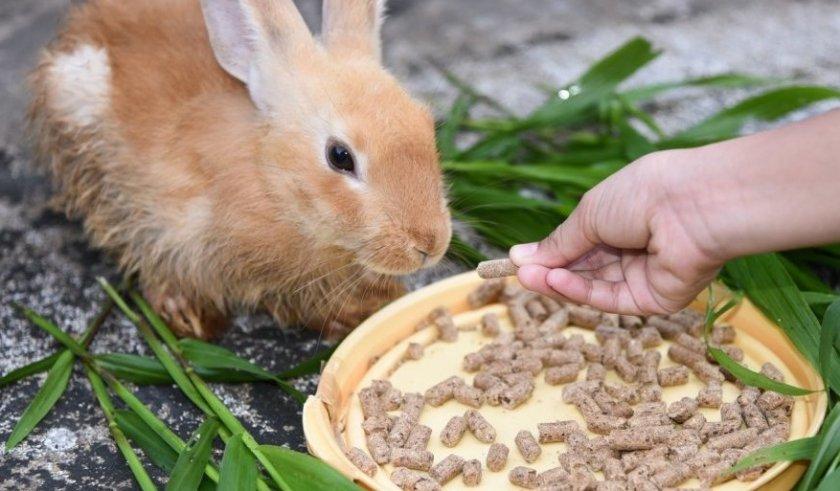
For decorative rabbits
The composition of feed for ornamental rabbits completely coincides with the composition for fattening species. This is due to the fact that the formula is completely balanced, the action is aimed at creating a nutritious diet for healthy individuals.
Top manufacturers
Among the best brands that produce compound feed for rabbits, the leaders are companies that have many years of experience and production traditions. These are the following companies:
- "Purina". European brand that produces food for farm and domestic animals.
- "Eared". Russian manufacturer specializing in the production of feed for adult rabbits.
- Provimi. Russian manufacturer specializing in the production of complete feed for farm animals. It also produces additives: premixes and concentrates.
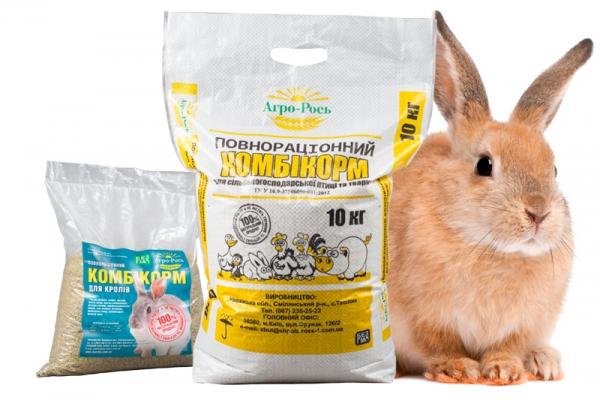
How to make compound feed with your own hands
You can independently prepare compound feed according to a special recipe using special equipment:
- Libra. For weighing ingredients. The error of the weights should be small, since the mixtures are not recommended to be harvested in large volumes.
- Granulator. This is a meat grinder that thoroughly grinds the components. Without a granulator, you can prepare mash, which will have to be further crushed in the future.
- Industrial crusher. Used for crushing grain, cereals. The crusher can be replaced with a drill.
- Mixer. Necessary to create a homogeneous mixture.
- Dryer. Used to remove excess moisture from feed. Hot mixtures placed in the dryer do not have time to steam up. Long-term evaporation of components can lead to the loss of the beneficial properties of some elements.

All components are mixed after weighing, then crushed, dried and stored. The approximate composition of a universal mixture for compound feed:
- a component to choose from: wheat, corn, barley - from 10 to 20%;
- herbal ingredient - up to 40%;
- sunflower cake - 10%;
- soy supplement - 5%;
- fish meal - 2%;
- salt - 0.3%;
- yeast extract - 2%.
Attention! Self-prepared food is made taking into account the fact that it will be enough for rabbits for 1 month, but not more. This is due to the fact that long-term storage can lead to spoilage of feed.
Consumption rates and how to give it to rabbits
Consumption rates are set taking into account which feeding option is used. Complete feed fully meets the needs of the animal, and premixes are only an addition to the main feed. At home, it is recommended to control the volumes using scales without errors.

| Category | Daily rate of complete feed |
| Pregnant females | up to 180 grams |
| Lactating rabbits with rabbits | from 170 to 700 grams |
| Young individuals up to 60 days old | 140-150 grams |
| Young individuals from 61 days to 90 days | 205 grams |
| Individuals from 90 to 120 days | 280 grams |
| Young growth after 120 days | 200 grams |
Feeding rabbits with newly appeared rabbits deserves special attention. The daily rate is set taking into account the age of the rabbits. The offspring remains with the rabbit until the age of 45 days, then each individual begins to separately receive its portion, which is 140 grams.
The feeding process differs according to the season. In the summer, in addition to the full ration mixture, rabbits are released on the grass so that they receive natural ingredients, getting some food on their own.
Novice rabbit scientists are wondering: is it possible to feed rabbits with food intended for other farm animals. This is strictly prohibited. Chicken feed contains fine shell sand, which causes digestive problems in rabbits. Cow food contains an increased amount of salt, which is not suitable for feeding rabbits.
